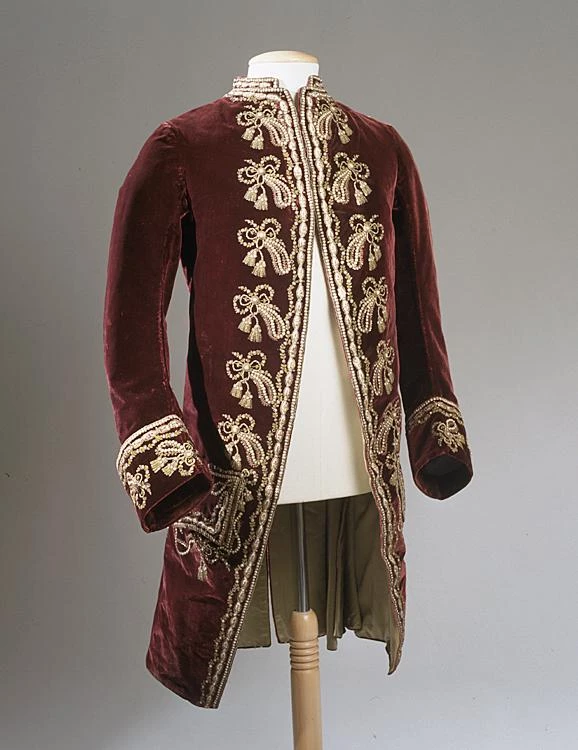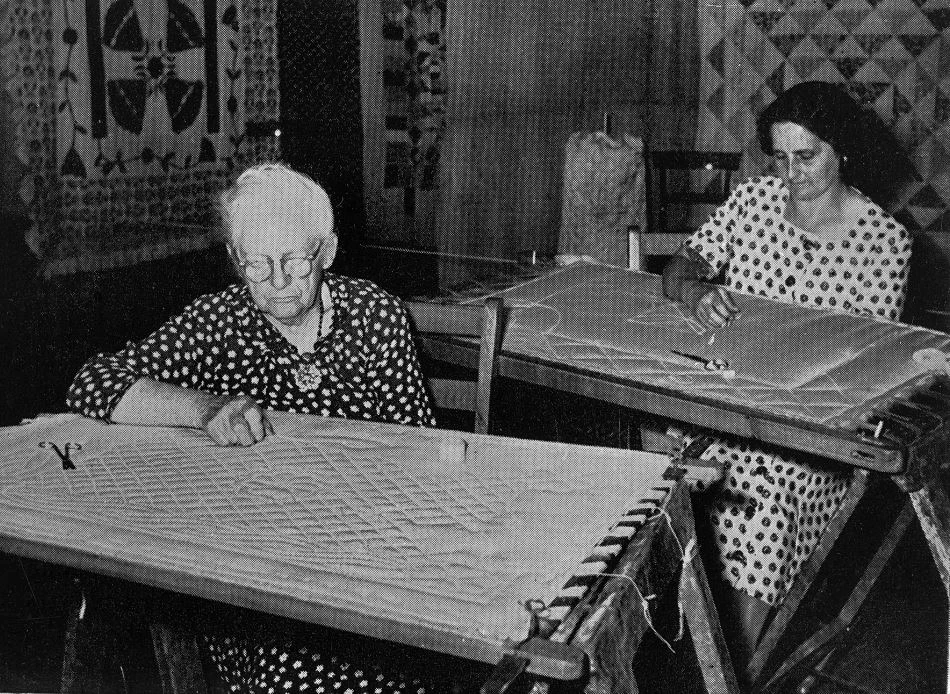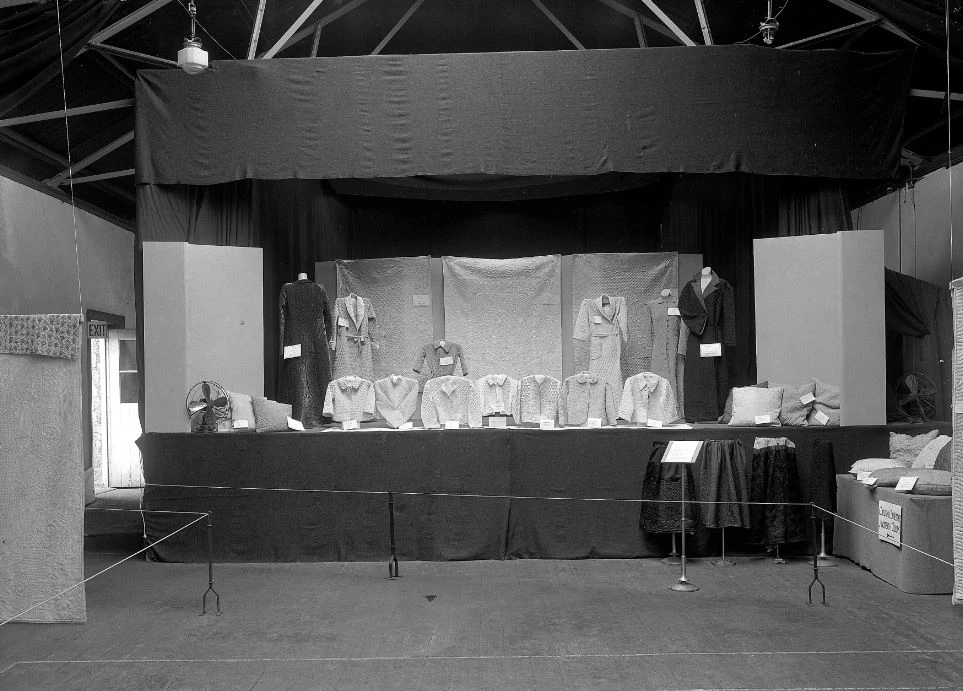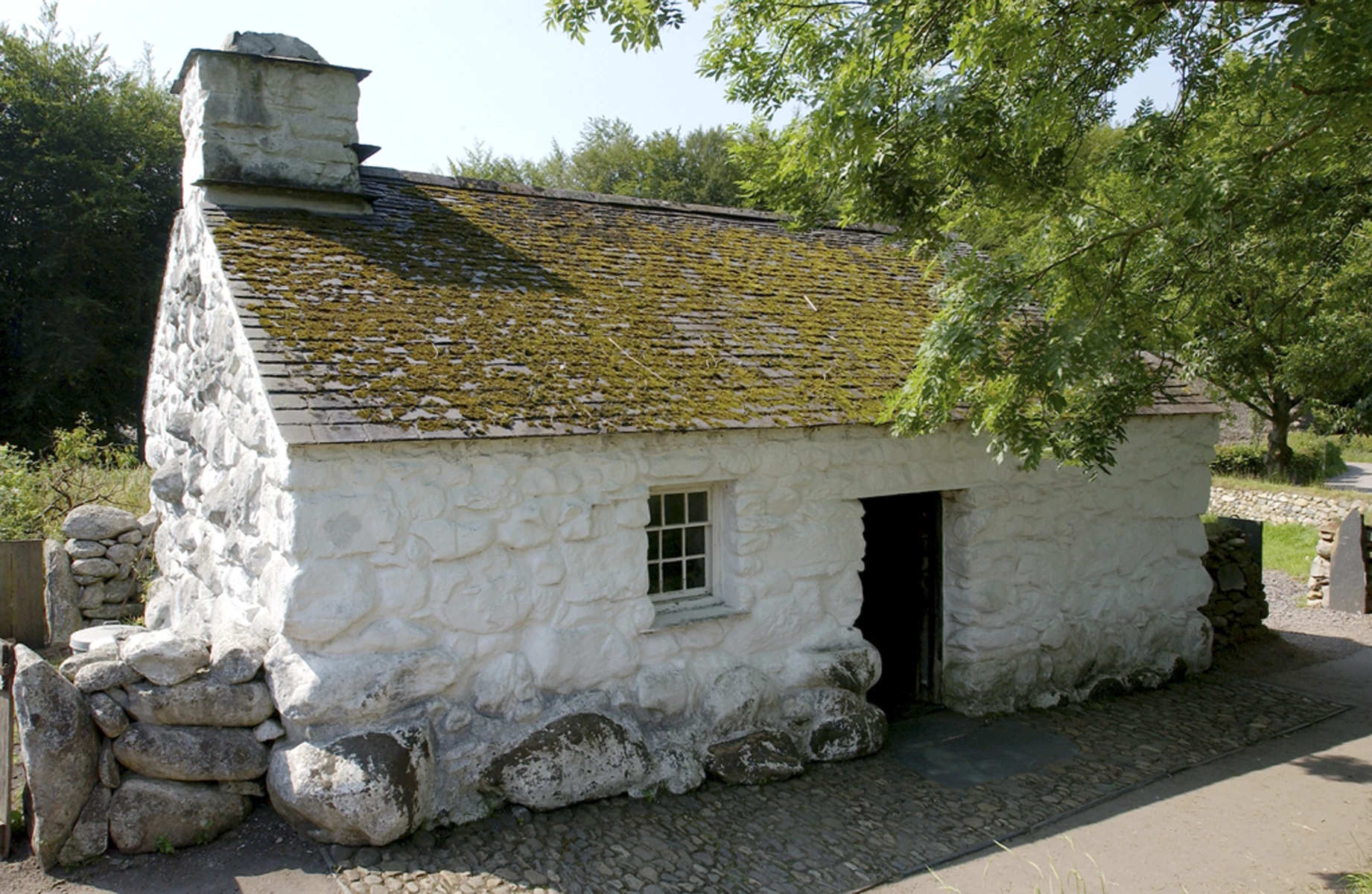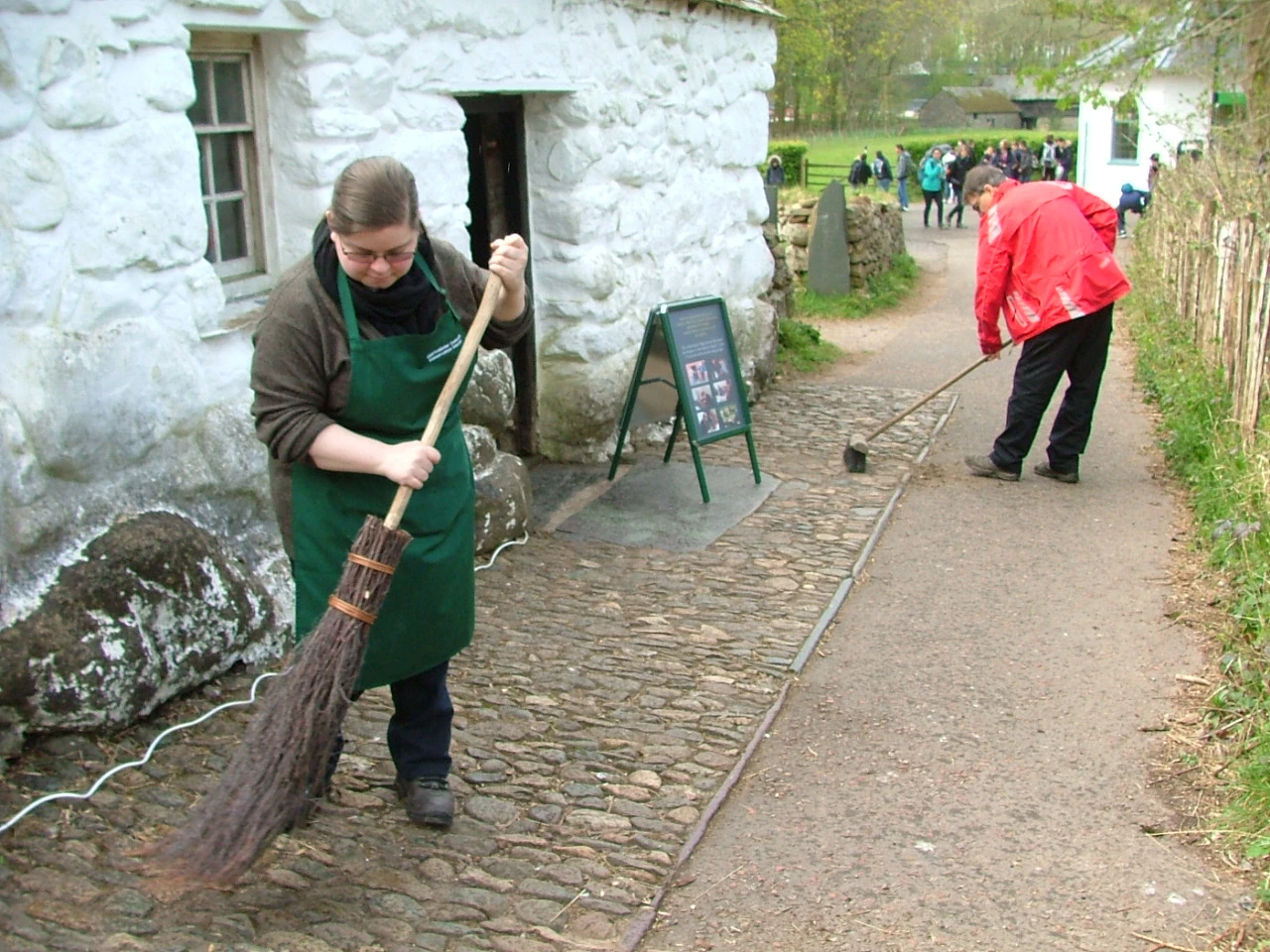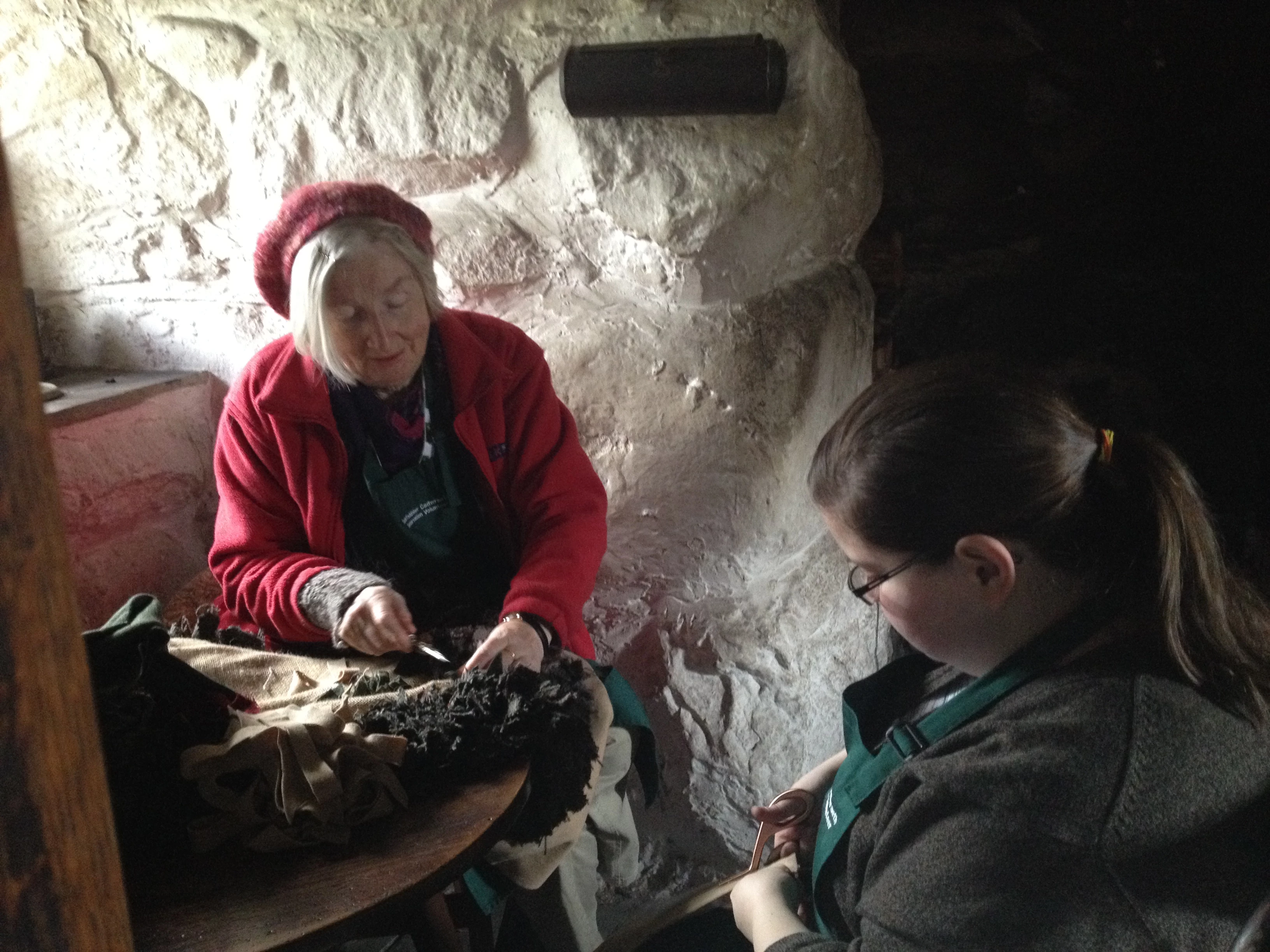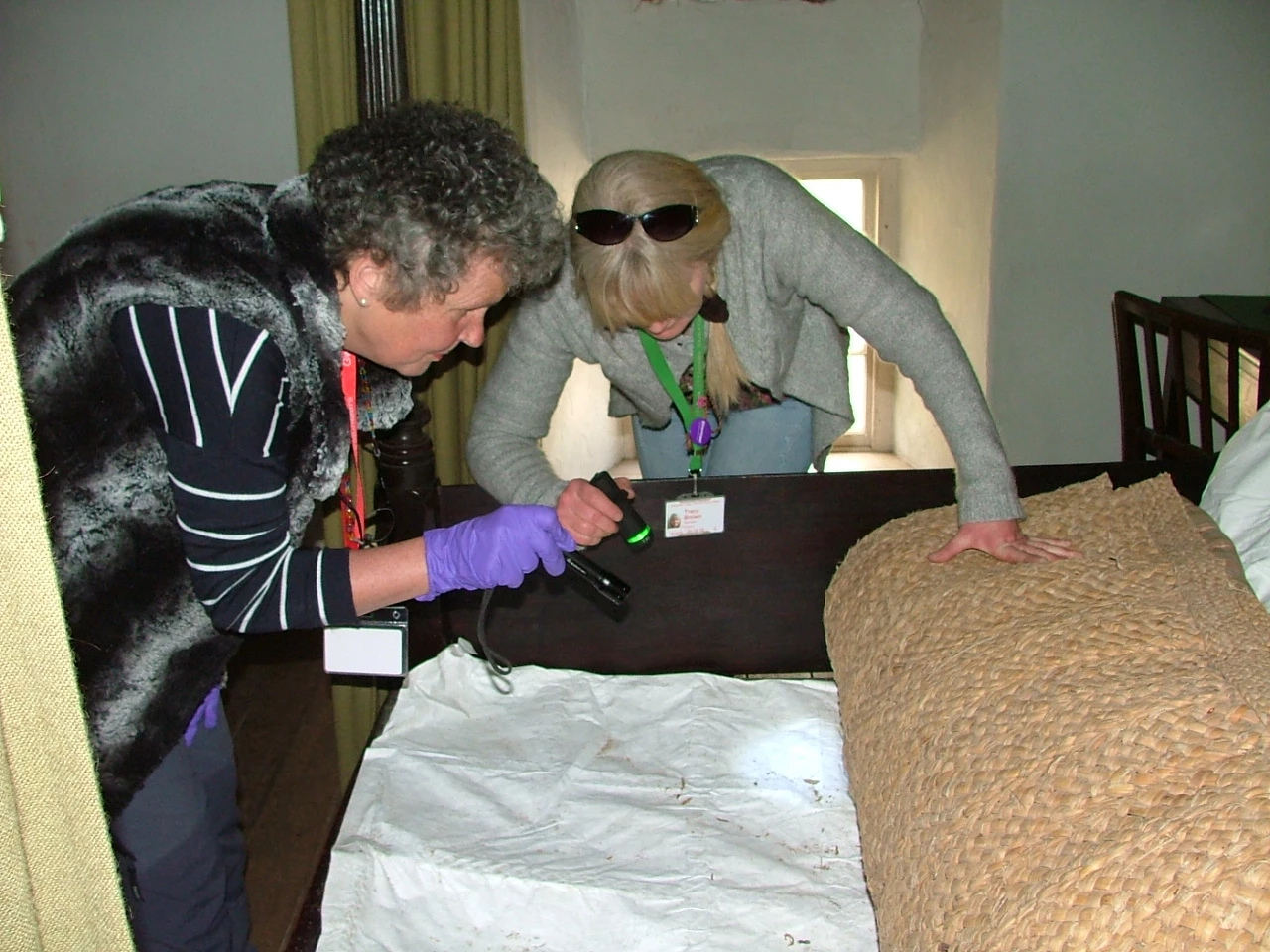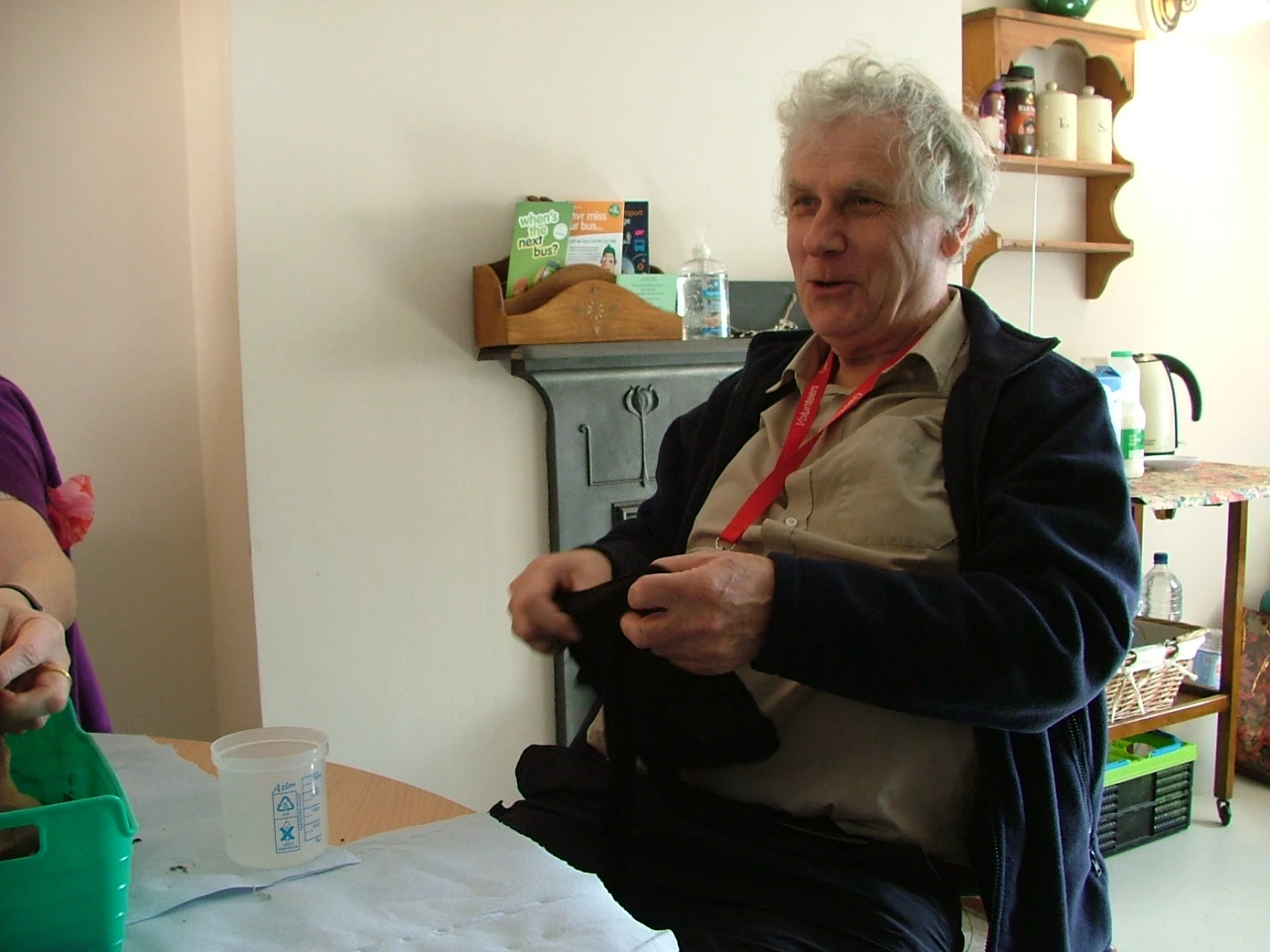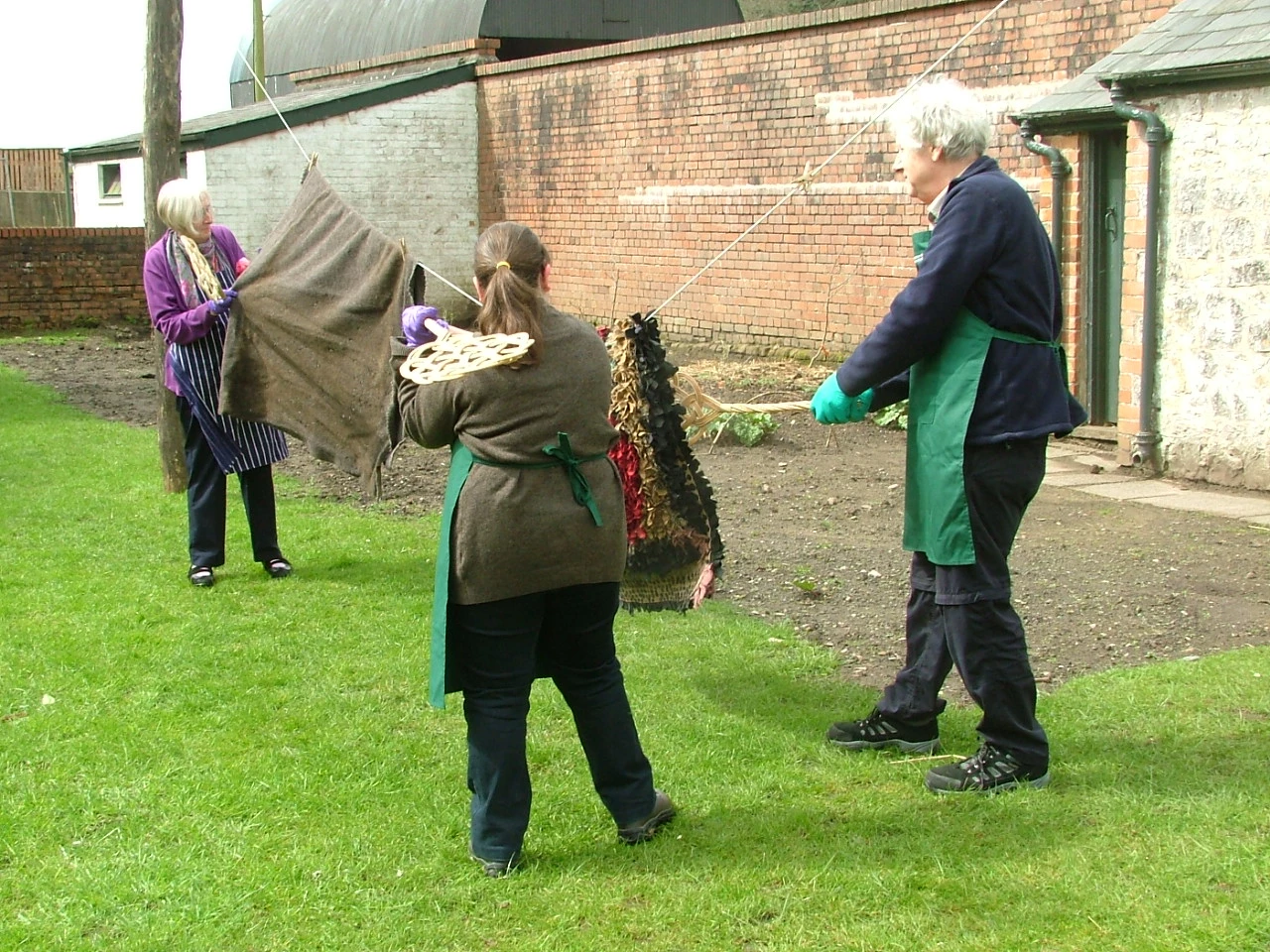Steil a statws - siaced felfed Syr Watkin Williams-Wynn
, 11 October 2016
Mae’n swyddogol – peidiwch da chi â bod heb ddilledyn melfed yr hydref hwn! Dyma farn rhai o gylchgronau mwyaf dylanwadol y byd ffasiwn ar hyn o bryd. Ond er y chwiw presennol am bopeth melfed, mae’r defnydd moethus hwn wedi bod yn rhan o gwpwrdd dillad y genedl ers canrifoedd lawer.
Yn hanesyddol, fe ystyrir melfed fel dynodydd cyfoeth a statws – ffaith sy’n cael ei amlygu yng nghasgliadau gwisgoedd a thecstiliau yr Amgueddfa. Mae’r casgliadau hyn yn cynnwys gwrthrychau fu unwaith yn eiddo i rai o feistri tir enwocaf Cymru – teuluoedd cefnog, fel y Morganiaid o Dŷ Tredegar, a oedd yn addurno eu tai ac yn gwisgo defnyddiau costus i ddatgan eu cyfoeth i’r byd.
Ymhlith yr eitemau sydd ar gof a chadw yn yr Amgueddfa mae siaced felfed lliw eirin tywyll a wnaed yn 1770 ar gyfer Syr Watkin Williams-Wynn, y Pedwerydd Barwnig. Wedi ei eni yn 1749 ar ’stâd Wynnstay, ger Rhiwabon, roedd Syr Watkin yn adnabyddus fel un o noddwyr amlycaf y celfyddydau yng Nghymru. Yn ogystal â phrynu darnau o gelf, crochenwaith a dodrefn gan gynllunwyr mawr y dydd, roedd hefyd yn hoff o wario ar ddillad.
Pan oedd yn 19 mlwydd oed, aeth Syr Watkin ar Daith Fawr o Ewrop – rhan annatod o lwybr bywyd bonheddwr ifanc yn y cyfnod hwn. Rhwng Mehefin 1768 a Chwefror y flwyddyn ganlynol, bu’n crwydro Ffrainc, Y Swistir a’r Eidal. Mae llyfrau cyfrifon ’stâd Wynnstay yn dangos iddo wario £220 ar ddillad yn ystod y daith. Prynodd wisgoedd ym Mharis, siwt felfed blodeuog yn Lyon a llathenni o felfed gan sidanwr yn Turin.
Mae’n bosibl mai’r felfed hwn a ddefnyddiwyd i wneud y siaced sydd erbyn hyn ym meddiant yr Amgueddfa. Nid siaced bob dydd mo hon – mae hi wedi ei theilwra’n gywrain a’i brodio gydag edafedd sidan, rhubanau a secwinau aur. Mae’n debyg mai teiliwr yn Llundain fu’n gyfrifol am ei thorri a’i gwnïo. Roedd teilwriaid ffasiynol y cyfnod yn cyflogi nifer o frodwyr proffesiynol i addurno eu gwaith – dynion, nid menywod, oedd y rhain.
Yn 1770 cynhaliwyd parti chwedlonol yn Wynnstay i nodi penblwydd Syr Watkin yn 21 oed. Tybed ai’r gôt felfed oedd amdano’r noson honno? Daeth 15,000 i’r dathliad a thri llond coets o gogyddion o Lundain. Ar y fwydlen roedd 30 bustach, 50 mochyn, 50 llo, 18 oen, 37 twrci a llu o ddanteithion eraill. Does ryfedd i Syr Watkin fagu cryn dipyn o bwysau erbyn diwedd ei oes!
